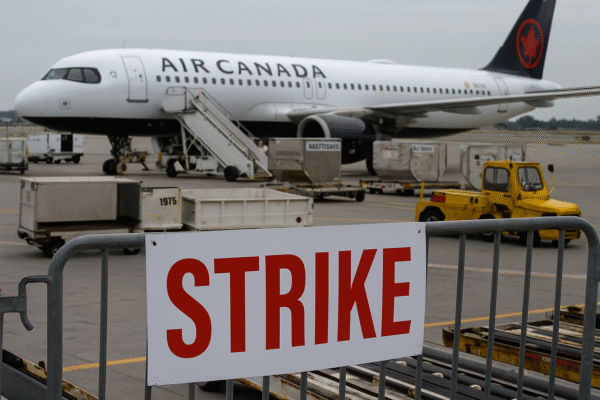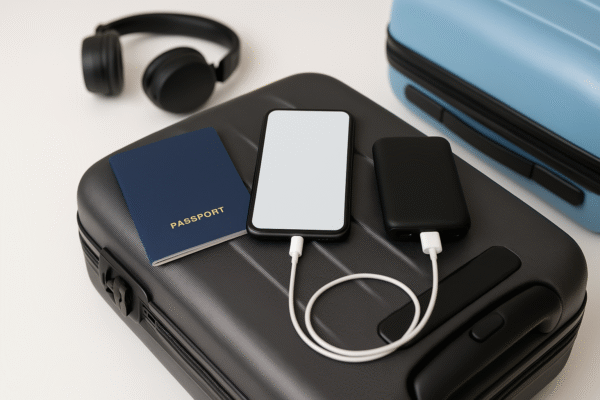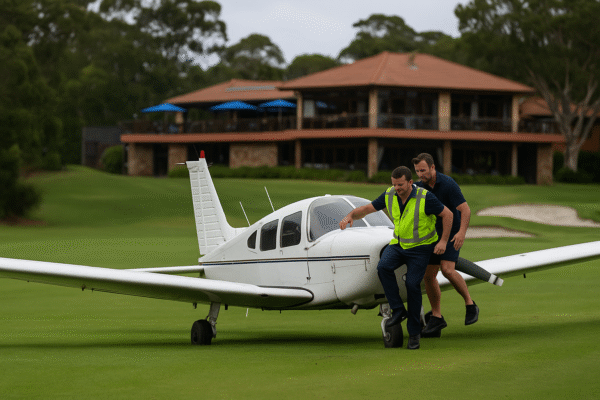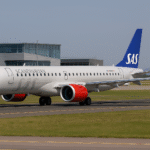Qantas Pioneers Airbus A321XLR in Asia-Pacific, Ushering in New Era of Sustainable Long-Haul Aviation
Qantas Airways has made aviation history by becoming the first airline in the Asia-Pacific region to receive the game-changing Airbus A321XLR. This milestone marks a significant transformation in the global air travel landscape, as the long-range narrowbody aircraft redefines what’s possible for medium and long-haul operations. The delivery, completed at Airbus’ facility in Hamburg, Germany, signals a broader industry shift toward more fuel-efficient, versatile, and environmentally conscious aircraft.
The A321XLR (Extra Long Range) is a major leap forward for airlines worldwide, offering a range of up to 4,700 nautical miles (approximately 8,700 kilometers)—enabling non-stop flights on routes such as Sydney to Singapore or Melbourne to Tokyo. For Qantas, this aircraft presents not just a new addition to its fleet, but a strategic asset poised to reshape its domestic and international route networks.
Aircraft Capabilities and Interior Configuration
The newly delivered A321XLR for Qantas is powered by Pratt & Whitney’s latest GTF engines, known for their industry-leading fuel efficiency and reduced noise footprint. The aircraft is configured in a two-class layout, offering 20 Business Class and 177 Economy seats, optimized for passenger comfort on medium- to long-haul journeys.
Its inaugural journey to Sydney will include just one stopover in Bangkok, underscoring the aircraft’s endurance and potential for near-direct long-haul services—a capability traditionally reserved for widebody aircraft like the Boeing 787 or Airbus A350.
Initially, Qantas will deploy the aircraft on key domestic routes across Australia as part of its crew familiarization program. However, the long-term goal is to operate this aircraft on international services to secondary cities in Southeast Asia and the Pacific—markets that were previously unfeasible due to range and economic constraints.
A Key Part of Qantas’ Broader Fleet Renewal
The A321XLR delivery forms a crucial part of Qantas Group’s major fleet modernization initiative. The airline has ordered a total of 40 A321XLRs—28 earmarked for Qantas mainline and 12 for Jetstar, its low-cost subsidiary. These orders are included within a larger deal for 152 Airbus aircraft, which also features 128 aircraft from the A320neo family and 24 Airbus A350-1000s, positioning the airline for both regional growth and ultra-long-haul expansion.
This transition aligns with Qantas’ strategic plan to phase out aging aircraft and improve its environmental footprint while enhancing customer experience through state-of-the-art cabin amenities and more direct flights.
The A321XLR’s Global Adoption and Impact
Globally, the Airbus A321XLR has attracted over 500 firm orders, with major carriers like American Airlines, United, IndiGo, Wizz Air, Air Canada, and LATAM investing heavily in the aircraft. For example, IndiGo leads with 69 orders, reflecting its intent to expand mid- to long-range connectivity from India. American Airlines and United have each committed to 50 aircraft, aiming to strengthen their transcontinental and transatlantic routes.
In Europe, Spanish airline Iberia and Ireland’s Aer Lingus are already operating the A321XLR on transatlantic services, proving the aircraft’s performance capabilities. Meanwhile, budget airline Wizz Air uses the jet for long-haul, low-cost service between London and Saudi Arabia—demonstrating its flexibility across carrier models.
Notably, other Asia-Pacific carriers such as Cebu Pacific, Flynas, VietJet, and AirAsia X have joined the A321XLR adoption trend, seeking to enhance connectivity across the ASEAN region and the Middle East.
Environmental Innovation Meets Commercial Strategy
Beyond its range, the A321XLR is a beacon of sustainability. It offers up to 30% lower fuel consumption and CO₂ emissions per seat compared to older-generation aircraft. This aligns perfectly with Qantas’ sustainability goals, including its commitment to net-zero emissions by 2050 and interim targets for carbon reduction across its network.
The aircraft’s advanced design allows airlines to offer direct flights between mid-sized cities without routing through congested hub airports, which streamlines operations and reduces overall travel time for passengers.
For travelers, this means greater access to direct flights between emerging markets, fewer layovers, and improved comfort on medium-haul routes.
Strategic Significance for Asia-Pacific Aviation
As travel demand continues to rebound post-pandemic, airlines in the Asia-Pacific are under increasing pressure to offer flexible, efficient services. The A321XLR provides a powerful solution, allowing carriers to explore new route combinations without the overhead of widebody operations.
For Qantas, this is especially critical in a competitive region with dense low-cost competition and rapidly evolving travel preferences. The aircraft’s deployment will enable the airline to serve cities like Cebu, Chiang Mai, Da Nang, and Sapporo directly—offering passengers new travel options while supporting regional tourism economies.
Looking Ahead
The delivery of the A321XLR to Qantas is more than an aircraft handover—it’s a turning point in how air travel is envisioned and executed across the Asia-Pacific. As the first airline in the region to adopt this advanced aircraft type, Qantas sets a precedent for innovation, sustainability, and strategic growth.
With global peers like American Airlines, Air Canada, IndiGo, LATAM, and Jetstar also embracing the A321XLR, the aviation industry is entering a new era—one defined by leaner operations, greener technologies, and more connected skies.
For more travel news like this, keep reading Global Travel Wire



















